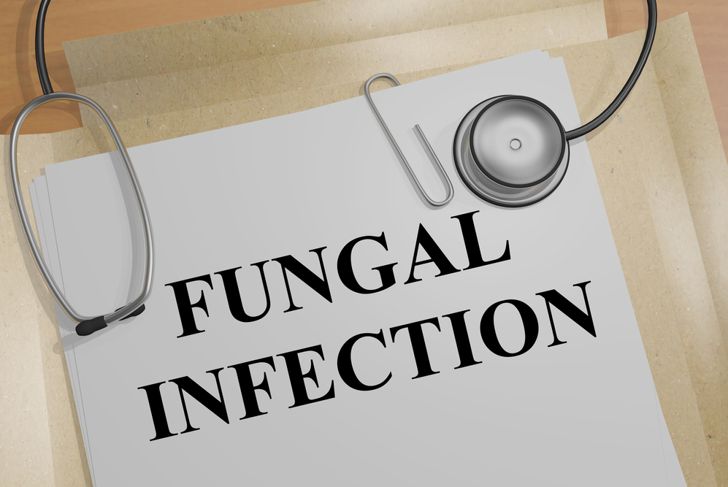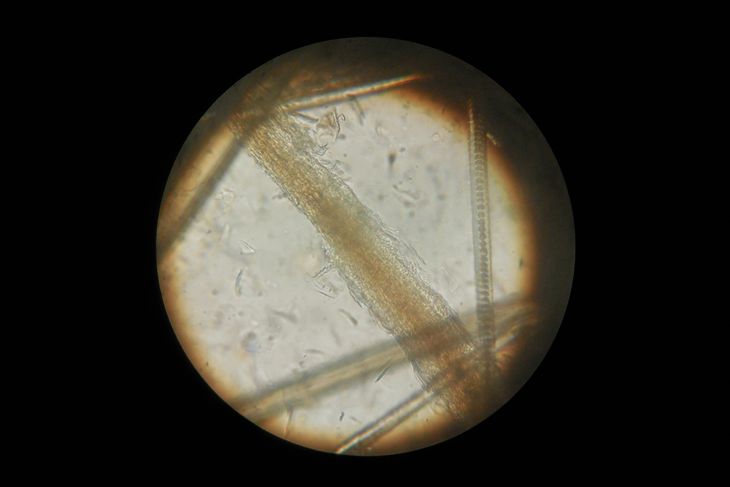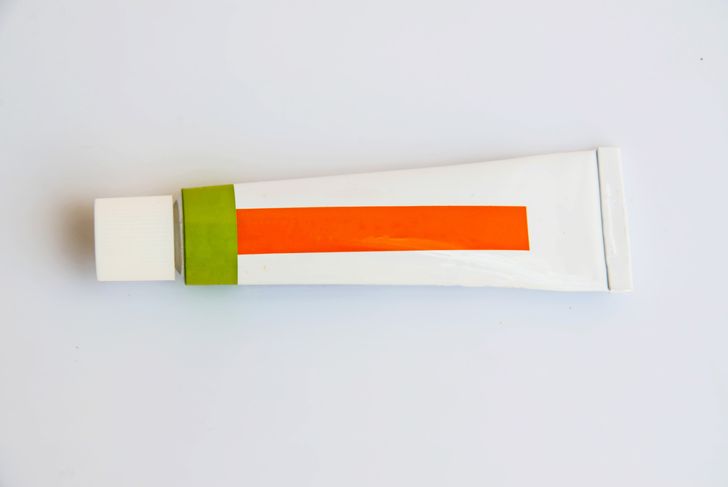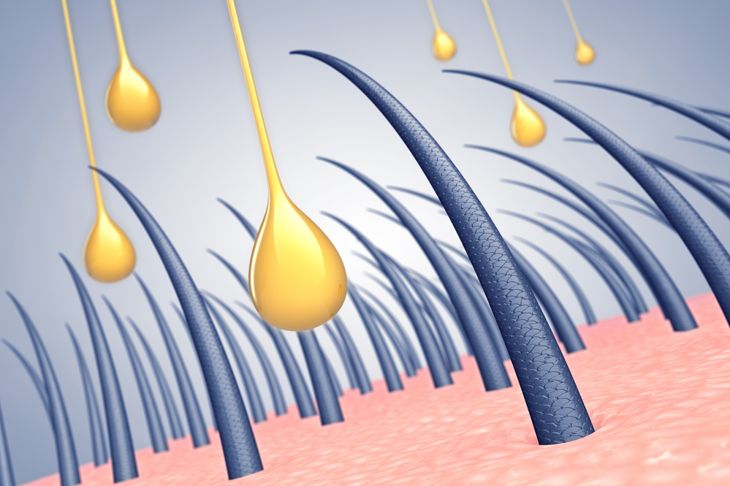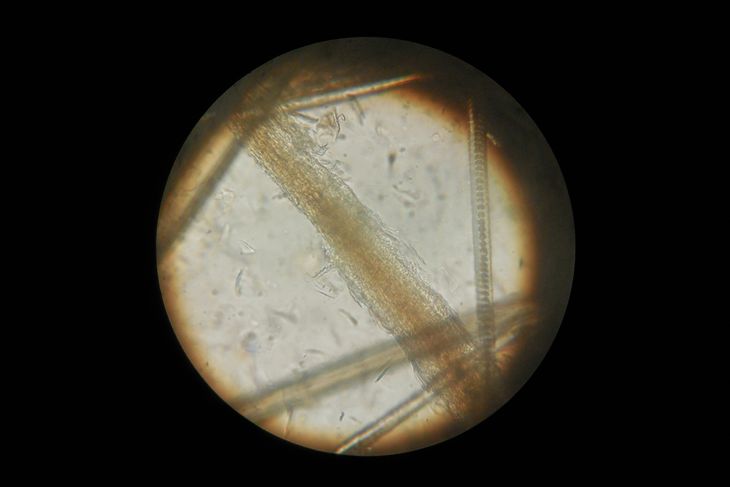Tinea capitis is a fungal infection that affects the scalp, usually developing in children between the ages of three and seven. It is also called scalp ringworm and can lead to black dots on the scalp and hair loss. The infection is most often spread through contact with infected animals or another infected person. Though difficult to treat, tinea capitis often resolves itself once the child enters puberty.
How the infection usually affects the scalp
It usually causes some hair loss, and it gives the hair a bristly look. It tends to make the scalp very scaly. Sometimes it can also affect the face and other body areas. In some cases, the infection creates lesions several inches wide, and these might turn into a big rash. The part of the scalp affected sometimes becomes very itchy. Occasionally, there is a major discharge of pus from the infected area. Some sufferers could become permanently bald in the most extreme ringworm damage incidences.
Black dots appear on the scalp
The appearance of black dots on the scalp provides another clear indication of a Tinea Capitis infection. On inspection, you notice hairs are broken off, and the scalp presents a scaly surface. Sometimes matted hair with yellow crusting appears. The scaling the infection causes is similar to regular dandruff, but clear signs of hair loss distinguish it from this common and minor problem. If someone carries the infection without being infected the scalp scaling is much less, and there are no other symptoms.
A highly infectious condition
It is very easy to get scalp ringworm from contact with infected individuals and pets. Adults who are aware of the problem take precautions and keep away from animals that appear to have ringworm, but young children are unaware of the risks, or they just do not appreciate them. People who are in regular contact with farm animals are one of the groups most likely to become infected. Once again, children (and boys in particular) are more likely to get ringworm, and when one child develops the condition, he easily passes it to another child.
To make an accurate diagnosis
Dermatologists diagnose this problem using both visual observations and tests on hairs from the scalp. Sometimes they also might require a skin lesion biopsy. The fact that other skin diseases have similar symptoms complicates the diagnosis, and so a simple examination is not always sufficient. One of the ways to recognize this problem involves exposing fungi scraping to ultraviolet light. If it is a case of ringworm, this sample appears to glow in the dark. It can take the best part of a month to get test results back from the lab.
More serious symptoms might develop
This infection remains a scalp health problem in the majority of cases, but sometimes symptoms appear elsewhere. Quite often infected individuals get swelling and tenderness in neck lymph nodes. This condition might even trigger a fever in a minimal number of cases. It is essential to consult a doctor if such problems develop. The symptoms might have come from scalp ringworm, but since they could indicate a more threatening disease; early diagnosis and treatment is extremely important.
Risks of infection are not equal for all population groups
Besides the greater incidence of scalp ringworm in young boys and those in regular contact with animals, statistics show that other sections of the population are more exposed to this infection. These higher risk groups include anyone who recently suffered a scalp injury, sufferers from diabetes and other illnesses linked to low immunity levels, and people of African ancestry. Despite its association with a childhood disease, it could affect patients of any age.
Improved hygiene is a key to prevention
Even though the fungi responsible for this infection are common, improvements to hygiene remain very effective at lowering risks. Regular bathing, washing of clothes and changes of underwear are basic steps that everyone ought to take. Regular applications of anti-fungal creams and powders usually help. It is obviously important to avoid contact with infected children and family pets, but this is not a complete safeguard since the air also carries the fungus. Remember, it is also possible to get the infection from handling their clothes, combs, pillowcases and other articles.
Use an oral antifungal medicine
The standard treatment for Tinea Capitis patients requires them to take itraconazole or some other kind of oral antifungal medicine. This medication enters the bloodstream and reaches the uninfected hairs to stop the infection spreading. Parents usually give children this medicine with yogurt or milk, so it is fully absorbed into the body. They often need to take it over a month or two since the infection returns if treatment stops too early. Doctors also prescribe short courses of corticosteroids in more serious cases.
Apply a medicinal shampoo
In addition to oral medications, doctors often prescribe special medicinal shampoos. Applications of shampoo alone cannot cure the fungus, but it does help slow down its spread, for example, by protecting the scalp against fungus carried through the air. Most commonly, the doctor recommends shampooing the child’s head a couple of times each week for about six weeks. Even the heads of children in the house who do not have scalp ringworm need shampooing to avoid them catching it from the infected child. The risk to adults is not so high that they also need to use this shampoo.
Be aware of your responsibilities to others
Someone with an infected child needs to inform the school they attend and the families of their friends. It is possible the student caught the infection from another child in his class, so a doctor needs to check other pupils. Some countries oblige parents to keep their infected child home, but others allow them to send to school a child who is undergoing treatment for Tinea Capitis.

 Home
Home Health
Health Diet & Nutrition
Diet & Nutrition Living Well
Living Well More
More

